Global eFuse Market - Comprehensive Data-Driven Market Analysis & Strategic Outlook
The global eFuse market in the semiconductor sector will keep getting noticed as electronic equipment requires more intelligent and secure power management solutions. Its evolution started as integrated circuits gained popularity and there was an ever-growing need for accurate circuit protection in consumer devices. First, fuses were basic devices that provided rudimentary overcurrent protection, but with the reduction in size and increased complexity of devices, engineers asked for solutions that would provide quicker response time, higher reliability, and the ability to be programmed. The advent of eFuse revolutionized the change by substituting simple fuses with electronic versions that were capable of managing voltage and current actively more efficiently.
- Global eFuse market worth about USD 584.4 million in 2025, growing at a CAGR of about 5.0% until 2032 and with the prospect to grow beyond USD 822.6 million.
- Latched Type eFuse hold close to 41.4% market share, promoting innovation and broadening applications through vigorous research.
- Major trends fueling growth: Rising Demand for Consumer Electronics, Rising Use of Electric Vehicles (EVs)
- Opportunities are: Growth of IoT and Smart Home Applications
- Key insight: The market is set to grow exponentially in value over the next decade, highlighting significant growth opportunities.
- In the early stages, adoption remained limited to high-end applications where the cost of failure was significant, such as in server systems and industrial machinery.
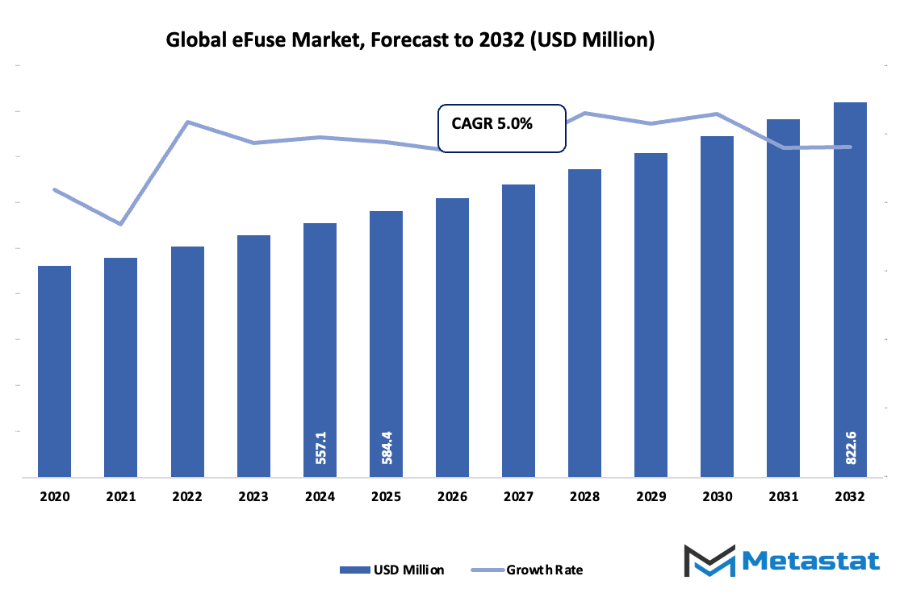
With time, advances in the semiconductor design enabled eFuse to become smaller and more powerful, paving the way for broader use in consumer electronics, automotive systems, and telecommunications equipment. With every technological development whether advances in die design, combination with power management ICs, or improved thermal management the use base increased incrementally. Consumer expectations also started changing in parallel to these technologies. Customers wanted machines that not only used less energy and were speedier but were also more secure under variable power situations.
To meet this need, manufacturers introduced smarter protection circuitry directly into chipsets, with eFuse offering a fail-safe way to block surges and short circuits. At the same time, electronic safety and device reliability regulations in markets like Europe, North America, and Asia-Pacific started affecting design priorities. Compliance requirements pushed manufacturers to adopt electronic protection solutions that could be monitored, tested, and reset without replacing hardware, further solidifying the role of eFuse in modern electronics. As the market stands today, it has transitioned from niche industrial applications to a widespread presence in everyday devices. The global eFuse market will continue to evolve as next-generation electronics demand higher efficiency, intelligent power control, and enhanced protection.
Advances in materials, circuitry, and system integration will propel its usage, making devices in industries continue to be both capable and robust. The history of the global eFuse market illustrates the way necessity, technology, and regulatory environments converge to define an essential building block of contemporary electronic systems.
Market Segments
The global eFuse market is mainly classified based on Type, Package Type, Application, End-use Industry.
By Type is further segmented into:
- Latched Type eFuse: Latched Type eFuse is intended to safeguard circuits by isolating the power after detecting a fault. This type keeps the circuit open until reset manually, providing safety and avoiding repeated fault conditions. Such fuses are suitable for sensitive systems requiring stable protection and controlled recovery following overload or short-circuit conditions.
- Auto-retry Type eFuse: Auto-retry Type eFuse will automatically try to recover operation upon detecting and clearing the fault. The function enables rapid recovery without a manual reset, minimizing downtime in devices. These types of fuses are suitable for applications needing steady performance and low maintenance, boosting system efficiency and continuity of operations in electronic devices.
By Package Type the market is divided into:
- Small Outline No Lead (SON): Small Outline No Lead (SON) package is universally adopted due to its size and efficient heat transfer. The packaging is particularly favourable for high-density mounting on printed circuit boards, favouring portable and miniaturized equipment. The planar design achieves improved electrical performance and reliable contacts in high-speed applications.
- Dual Flat No Leads (DFN): Dual Flat No Leads (DFN) package offers superior thermal and electrical performance in a minimal footprint. It is used in current electronic design because it offers trustworthy solder connections and optimum low profile. DFN packaging assists in getting compact and low-power designs, catering to increasing demand for smaller and more rapid devices.
- Quad Flat No-lead (QFN): Quad Flat No-lead (QFN) package provides superior thermal management and electrical efficiency. The package type is suitable for high-speed signal transmission and low resistance, enhancing device performance. QFN packaging is applied in sophisticated electronics where accuracy and space saving are required, hence gaining popularity in industrial and consumer appliances.
- Thin Shrink Small Outline Package (TSSOP): Thin Shrink Small Outline Package (TSSOP) has a thin and light structure, which is perfect for small systems. TSSOP reduces space on circuit boards without affecting the reliable performance. TSSOP finds applications where high functionality with small size is necessary to provide efficient design and integration.
- Others: There are other types of packaging, such as specialized forms for special device needs. These packages enable tailored performance demands, facilitating power efficiency vs. component density balancing. Various designs meet special thermal, electrical, or spatial limitations, enhancing application flexibility in the global eFuse market across industries.
By Application the market is further divided into:
- Solid State Drives: Solid State Drives employ eFuse to safeguard memory modules against power spikes and electrical failures. The fuses protect data integrity and device life by sustaining steady currents. Their application improves drive reliability and performance, accommodating increasing storage needs in cloud- and digital-based infrastructures.
- Hard Disk Drives: Hard Disk Drives incorporate eFuse to protect electronic parts against short circuits and voltage spikes. The protection ensures stable function and avoids damaging crucial components. Adding eFuse enhances drive longevity and effectiveness, particularly in applications where there is a need for continuous data access and resilience.
- Servers and Data Center Equipment: Servers and Data Center Hardware rely on eFuse to provide accurate electrical protection and fault handling. They maintain uninterrupted uptime and avert power-related interruption. Overall equipment reliability is increased, and data integrity is maintained with the help of eFuse. Operational safety is ensured in large-scale computing environments.
- Automotive Electronics: Automotive Electronics are enhanced with eFuse protection to provide safety in sophisticated vehicle systems. eFuse avoid circuit failure resulting from overloading or voltage surges and help maintain stable electronic control. Their use in vehicles allows for effective power distribution and maximizes the reliability of critical safety and infotainment systems.
- Other: applications include various electronic systems that require dependable power protection. eFuse support safe and continuous operation in devices across different environments. Their adaptability allows integration into emerging technologies, helping manufacturers maintain quality, safety, and efficiency in modern electronic design.
By End-use Industry the global eFuse market is divided as:
- Consumer Electronics: Consumer Electronics represent a major segment in the global eFuse market due to high demand for portable and smart devices. eFuse provide vital circuit protection, improving product safety and lifespan. Their compact design supports modern electronics, ensuring smooth operation in smartphones, tablets, and wearable technology.
- Automotive: The automotive industry increasingly uses eFuse for power management and protection in electric and hybrid vehicles. These components help control current flow and prevent circuit damage under harsh conditions. Their role is essential in ensuring the reliability of sensors, control modules, and battery management systems.
- Industrial: Industrial applications rely on eFuse for machinery and equipment safety. They offer precise fault control, reducing downtime and protecting sensitive electronics. eFuse help maintain continuous operations in automation systems and heavy-duty equipment, contributing to productivity and energy efficiency in manufacturing processes.
- Telecommunications: Telecommunications equipment depends on eFuse to ensure uninterrupted network connectivity. These fuses protect devices from voltage fluctuations and overloads, maintaining system stability. Their use in communication infrastructure supports reliable data transmission, helping service providers meet increasing demands for consistent performance and uptime.
- Aerospace & Defense: Aerospace & Defense sectors use eFuse to meet strict safety and reliability standards. These fuses protect critical systems from electrical faults and extreme conditions. Their advanced performance supports mission-critical applications, ensuring operational continuity and safety in high-stakes environments.
- Others: Other industries use eFuse for various specialized electronic applications requiring reliable protection. These sectors benefit from stable circuit operation and reduced maintenance needs. The versatility of eFuse supports a wide range of devices, reinforcing their importance across multiple fields within the global eFuse market.
|
Forecast Period |
2025-2032 |
|
Market Size in 2025 |
$584.4 Million |
|
Market Size by 2032 |
$822.6 Million |
|
Growth Rate from 2025 to 2032 |
5.0% |
|
Base Year |
2024 |
|
Regions Covered |
North America, Europe, Asia-Pacific, South America, Middle East & Africa |
By Region:
- Based on geography, the global eFuse market is divided into North America, Europe, Asia-Pacific, South America, and the Middle East & Africa.
- North America is further divided into the U.S., Canada, and Mexico, whereas Europe consists of the UK, Germany, France, Italy, and the Rest of Europe.
- Asia-Pacific is segmented into India, China, Japan, South Korea, and the Rest of Asia-Pacific.
- The South America region includes Brazil, Argentina, and the Rest of South America, while the Middle East & Africa is categorized into GCC Countries, Egypt, South Africa, and the Rest of the Middle East & Africa.
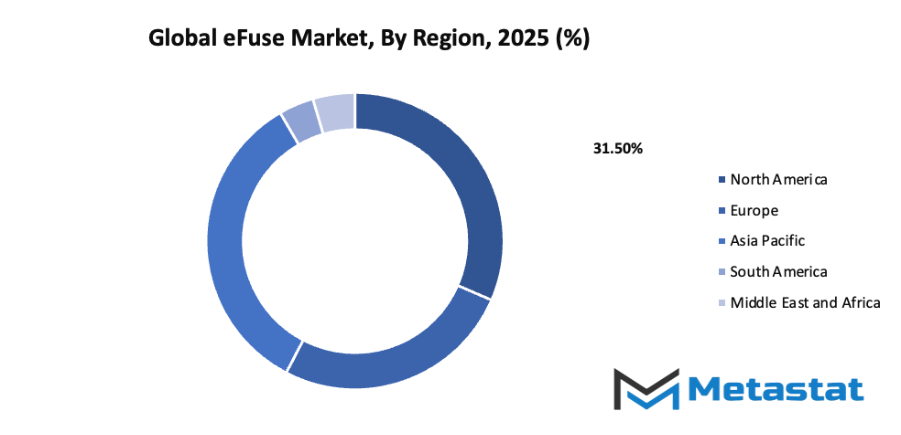
Growth Drivers
- Increasing Demand for Consumer Electronics: The global eFuse market is gaining traction due to rising consumer interest in modern electronic devices such as smartphones, laptops, and tablets. As these devices become more advanced, protection against overcurrent and short circuits becomes essential. eFuse offer compact, efficient, and reliable power management solutions, making them ideal for safeguarding sensitive components. This growing use of electronic gadgets across households and industries continues to fuel the demand for eFuse.
- Growing Adoption of Electric Vehicles (EVs): The rapid expansion of electric vehicles is a major contributor to the growth of the global eFuse market. eFuse provide essential circuit protection in EV battery systems, charging units, and power control modules. With governments supporting sustainable mobility and automakers investing heavily in electric vehicle production, the need for reliable protection devices increases. This trend enhances safety and performance in EVs, driving consistent market growth.
Challenges and Opportunities
- Complexity in Integration with Existing Systems: One of the main challenges faced by the global eFuse market is the difficulty of integrating eFuse into traditional electrical systems. Many existing infrastructures rely on mechanical fuses, which are easier to install and replace. Transitioning to eFuse often requires system redesign, added costs, and technical expertise. This complexity can slow down adoption, especially among small manufacturers with limited resources.
- Concerns Regarding Reliability and Durability: Reliability and long-term durability remain key concerns in the global eFuse market. Users expect eFuse to perform consistently under varying temperatures and voltage conditions. However, fluctuations in load and environmental stress can affect performance. Manufacturers are working to improve material quality and testing standards to ensure better endurance, helping to build trust and wider acceptance.
Opportunities
- Expansion of IoT and Smart Home Applications: The rise of IoT and smart home technologies presents a strong growth opportunity for the global eFuse market. Devices like smart thermostats, security systems, and connected appliances require stable power and reliable circuit protection. eFuse provide precise control and faster response to faults, making them suitable for compact smart devices. As more homes and industries shift toward automation, demand for eFuse in IoT applications is expected to rise significantly.
Competitive Landscape & Strategic Insights
The global eFuse market shows strong growth potential as technology continues to advance and energy efficiency becomes a major focus across industries. The industry is a mix of both international industry leaders and emerging regional competitors that are shaping the market’s direction. Important competitors include Tutco, Zhenjiang Dongfang Electric Heating Technology Co., Ltd, Thermal Corporation, Omega, Zoppas Industries, Durex Industries, Friedr, Watlow, Nibe, Electron Systems, Sunrise Products, HEATCO, and Thermon. Each of these companies plays a significant role in developing new heating solutions that meet the rising demand for reliability, precision, and energy-saving performance.
The market growth is influenced by the increasing need for heating systems in industrial manufacturing, residential buildings, and commercial facilities. As industries strive to reduce carbon emissions, electric heaters have become a preferred alternative to traditional fuel-based systems. These heaters are known for their ability to convert electrical energy into heat efficiently, which helps lower operational costs while maintaining consistent temperature control. Companies in the market are investing in innovative designs and advanced materials to enhance performance and lifespan, making electric heaters more adaptable for various applications.
Another key factor driving development in this market is the focus on smart technologies. The integration of digital control systems and sensors allows for more accurate temperature regulation and automated operation. This trend reflects a shift toward smarter, connected heating solutions that can optimize energy consumption and provide real-time data for maintenance and monitoring. In the future, advancements in artificial intelligence and the Internet of Things are expected to further improve system efficiency, creating more sustainable and user-friendly heating solutions.
Competition among leading and regional players continues to intensify as more companies enter the field with specialized products tailored for specific industrial needs. Large corporations such as Watlow, Nibe, and Zoppas Industries are expanding their presence through product diversification and strategic partnerships. Meanwhile, regional manufacturers like Zhenjiang Dongfang Electric Heating Technology Co., Ltd and Sunrise Products are strengthening their market position by offering cost-effective solutions that meet local demands. This balance between global leaders and local innovators contributes to a dynamic and competitive market environment.
Market size is forecast to rise from USD 584.4 million in 2025 to over USD 822.6 million by 2032. eFuse will maintain dominance but face growing competition from emerging formats.
From a futuristic viewpoint, the global electric heater market is likely to see stronger growth driven by renewable energy integration and sustainability initiatives. The shift toward clean energy sources will encourage the use of electric heating systems powered by solar or wind energy, reducing dependence on fossil fuels. As industries modernize and adopt automation, electric heaters will play a crucial role in maintaining efficient and controlled production processes. The ongoing innovation among companies such as Tutco, Thermal Corporation, and HEATCO suggests that the future of this market will center on smarter, safer, and more energy-efficient heating technologies that align with environmental goals and the needs of modern industry.
Report Coverage
This research report categorizes the global eFuse market based on various segments and regions, forecasts revenue growth, and analyzes trends in each submarket. The report analyses the key growth drivers, opportunities, and challenges influencing the global eFuse market. Recent market developments and competitive strategies such as expansion, type launch, development, partnership, merger, and acquisition have been included to draw the competitive landscape in the market. The report strategically identifies and profiles the key market players and analyses their core competencies in each sub-segment of the global eFuse market.
eFuse Market Key Segments:
By Type
- Latched Type eFuse
- Auto-retry Type eFuse
By Package Type
- Small Outline No Lead (SON)
- Dual Flat No Leads (DFN)
- Quad Flat No-lead (QFN)
- Thin Shrink Small Outline Package (TSSOP)
- Others
By Application
- Solid State Drives
- Hard Disk Drives
- Servers and Data Center Equipment
- Automotive Electronics
- Others
By End-use Industry
- Consumer Electronics
- Automotive
- Industrial
- Telecommunications
- Aerospace & Defense
- Others
Key Global eFuse Industry Players
- Texas Instruments
- ON Semiconductor
- STMicroelectronics
- Analog Devices Inc.
- Infineon Technologies
- Nexperia
- Diodes Incorporated
- Vishay Intertechnology
- Toshiba Corporation
- Qorvo, Inc
- Littelfuse, Inc.
- Microchip Technology Inc.
- Silicon Laboratories
- Semtech Corporation
- Renesas Electronics Corporation
- Alpha and Omega Semiconductor
WHAT REPORT PROVIDES
- Full in-depth analysis of the parent Industry
- Important changes in market and its dynamics
- Segmentation details of the market
- Former, on-going, and projected market analysis in terms of volume and value
- Assessment of niche industry developments
- Market share analysis
- Key strategies of major players
- Emerging segments and regional growth potential



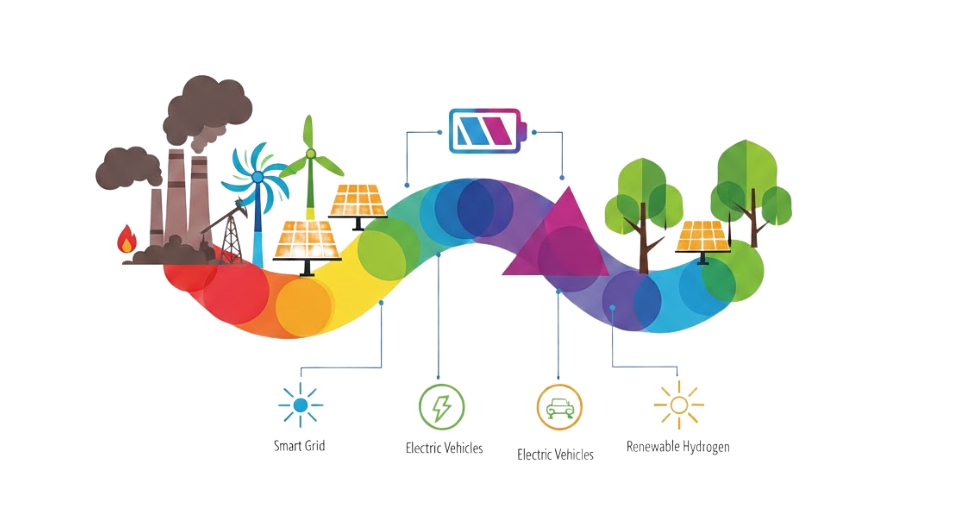
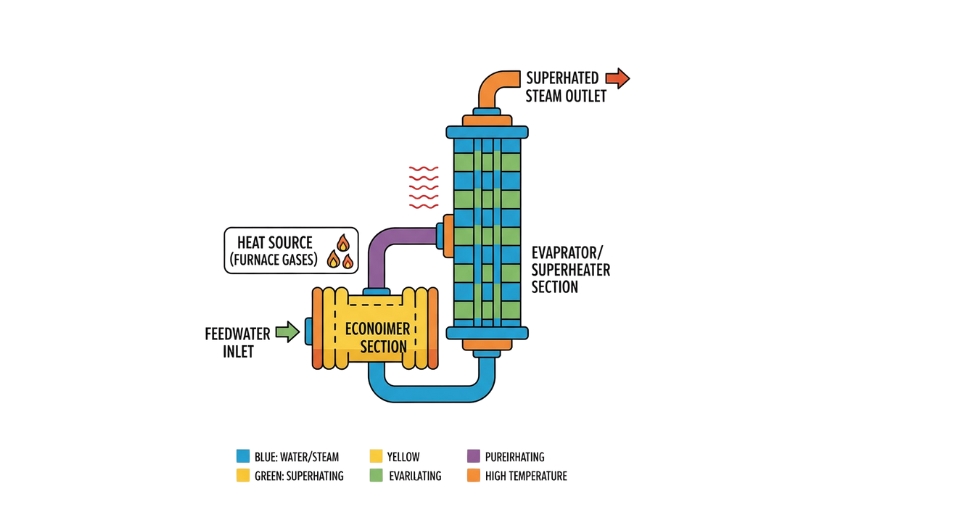
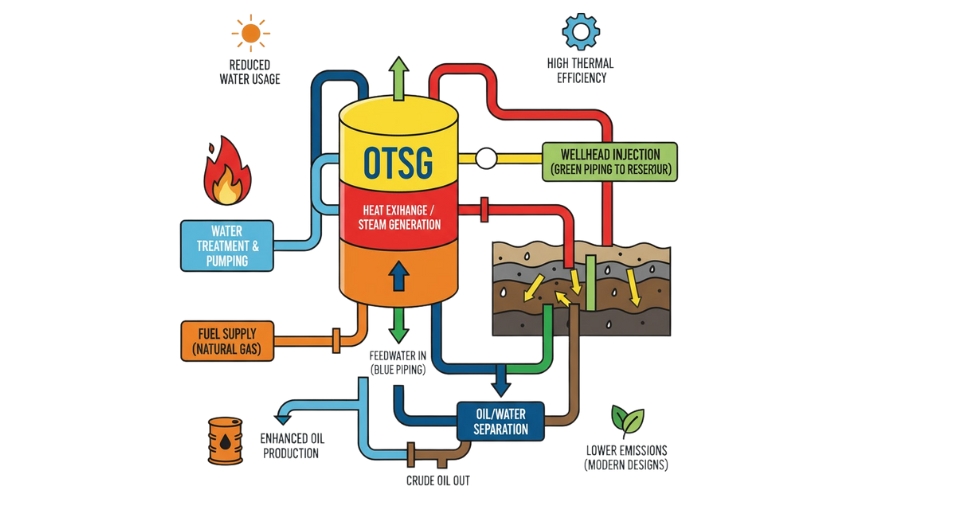
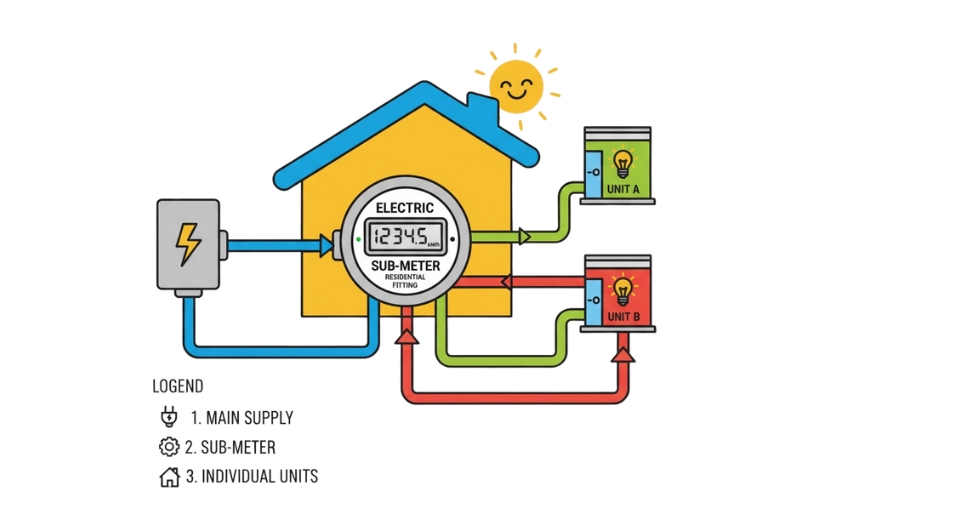

 US: +1 3023308252
US: +1 3023308252






